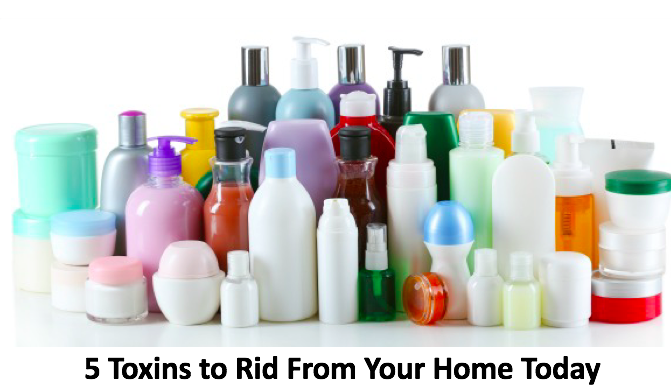by Coleen Murphy ND, LAc.
The average American woman uses 12 different personal care products daily and is exposed to 168 chemicals in the process according to the Environmental Working Group. Most of these chemicals have little to no research data on their safety, whether used alone or in combination with each other.
Many of the personal care products are applied to sensitive areas and on or near the mucous membranes. The skin, through transdermal absorption, is a very effective chemical delivery route. Chemicals such as paraben are quickly absorbed into the blood stream where they tend to concentrate in fat, organs such as your liver and endocrine glands that are responsible for regulating the bodies hormones.
As there are literally thousands of chemicals out there, it can be hard to know what exactly to avoid. To make it more complicated, many healthy things like vinegar and baking soda sound pretty scary when you list their chemical name: acetic acid and sodium bicarbonate.
A quick way to get toxic chemicals out of your life is to go through all of your products and look for the presence of the following 5 chemicals, and if you see them, stop using the product.
What Are Some of the Most Toxic Chemicals in Your Home?
If you see these hazardous chemicals listed on the labels of the personal care products and cosmetics that your family uses, stop using them:
* Paraben, a chemical found in deodorants, lotion, hair products, and cosmetics, has been shown to mimic the action of the female hormone estrogen, which can drive the growth of human breast tumors. A study published in 2012 suggested that parabens from antiperspirants and other cosmetics indeed appear to increase your risk of breast cancer.10
The research looked at where breast tumors were appearing and determined that higher concentrations of parabens were found in the upper quadrants of the breast and axillary area, where antiperspirants are usually applied.
* Sodium lauryl sulfate (SLS) is used as a surfactant, detergent, and emulsifier in thousands of cosmetic products. It’s found in shampoos, scalp treatments, hair color and bleaching agents, toothpastes, body washes and cleansers, make-up foundations, liquid hand soaps, laundry detergents, and bath oils/bath salts.
The real problem with SLS is that the manufacturing process results in the SLS being contaminated with 1,4 dioxane, a carcinogenic by-product.
* Phthalates are plasticizing ingredients that have been linked to birth defects in the reproductive system of boys and lower sperm-motility in adult men, among other problems. Be aware that phthalates are often hidden on shampoo labels under the generic term “fragrance.”
* Methylisothiazolinone (MIT), a chemical used in shampoo to prevent bacteria from developing, which may have detrimental effects on your nervous system.
* Toluene, made from petroleum or coal tar, and found in most synthetic fragrances and nail polish. Chronic exposure linked to anemia, lowered blood cell count, liver or kidney damage, and may affect a developing fetus.

